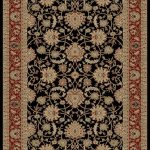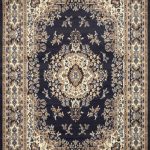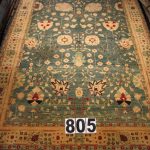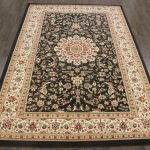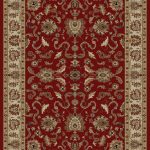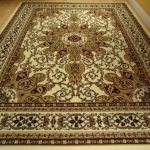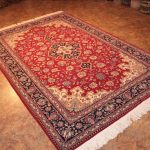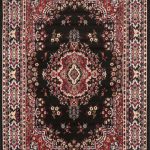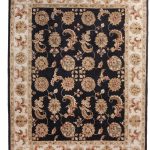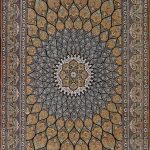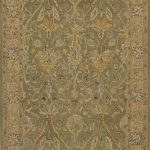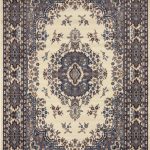Traditional rugs have long been considered a symbol of luxury and sophistication in interior design. They add warmth, texture, and color to any space, making them a timeless addition to any room. But beyond their aesthetic appeal, traditional rugs also have a rich history that dates back centuries.
The art of rug-making can be traced back to ancient civilizations such as Mesopotamia, Egypt, and China. These early rugs were made from natural materials such as wool, silk, and cotton, and were often woven by hand using traditional techniques passed down through generations.
One of the most famous examples of traditional rugs is the Persian rug. Originating in Persia (modern-day Iran), Persian rugs are known for their intricate designs, vibrant colors, and high-quality craftsmanship. These rugs were originally made for royalty and were often used as a sign of wealth and status.
In addition to Persian rugs, other types of traditional rugs from around the world include Turkish kilims, Moroccan berber rugs, and Indian dhurries. Each of these rugs has its own unique style and history, reflecting the cultural traditions of the region in which they were made.
One of the reasons traditional rugs have remained popular throughout the centuries is their durability. Hand-woven rugs are known for their high quality and longevity, with some rugs lasting for generations. This durability is due in part to the craftsmanship and attention to detail that goes into making each rug.
In recent years, traditional rugs have experienced a resurgence in popularity as people look to incorporate more vintage and handmade items into their homes. This trend towards sustainability and craftsmanship has led to a renewed interest in traditional rug-making techniques and designs.
Whether you’re drawn to the intricate patterns of Persian rugs, the geometric shapes of Turkish kilims, or the natural fibers of Moroccan berber rugs, traditional rugs can add a touch of history and culture to any space. So the next time you’re in the market for a new rug, consider investing in a traditional piece that not only looks beautiful but also tells a story that spans centuries.
 darbylanefurniture.com Interior design ideas with the latest interior inspiration
darbylanefurniture.com Interior design ideas with the latest interior inspiration

